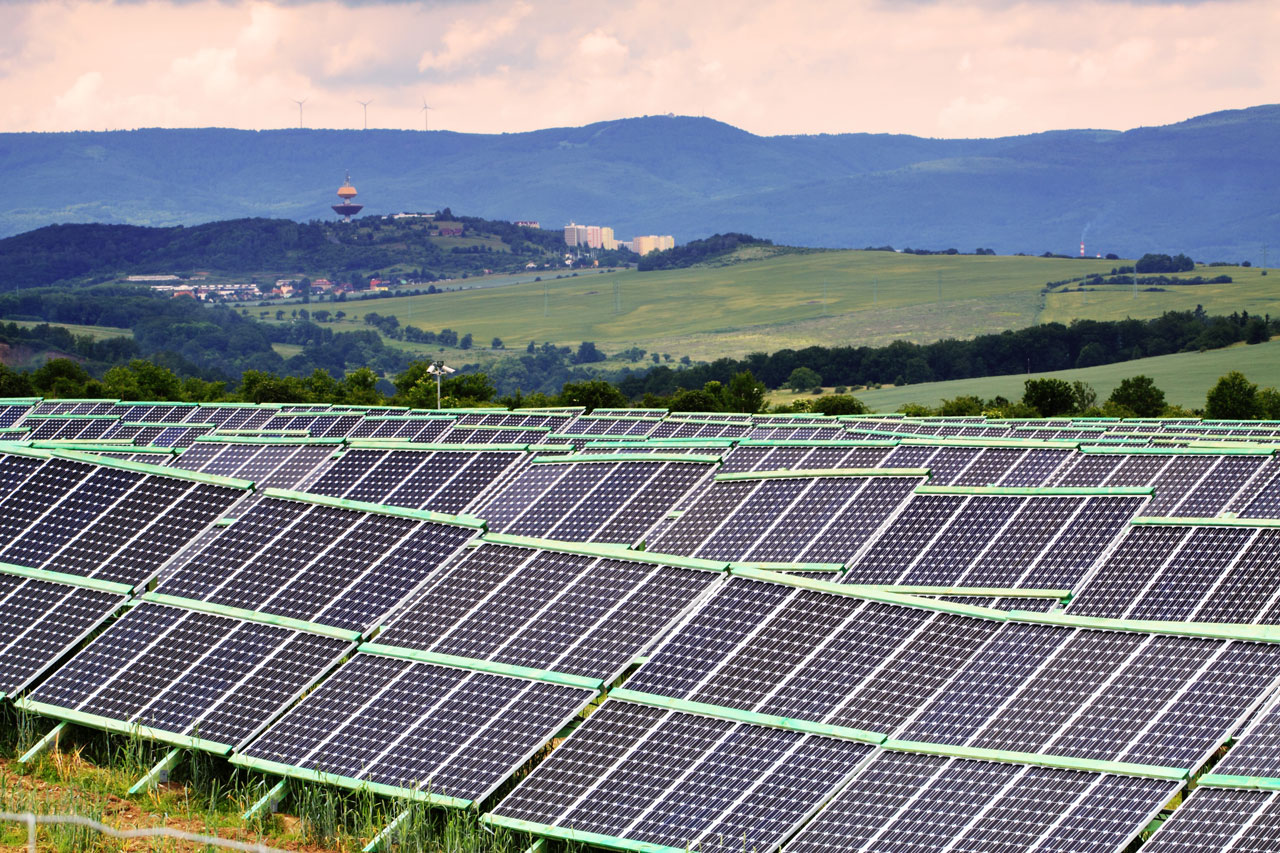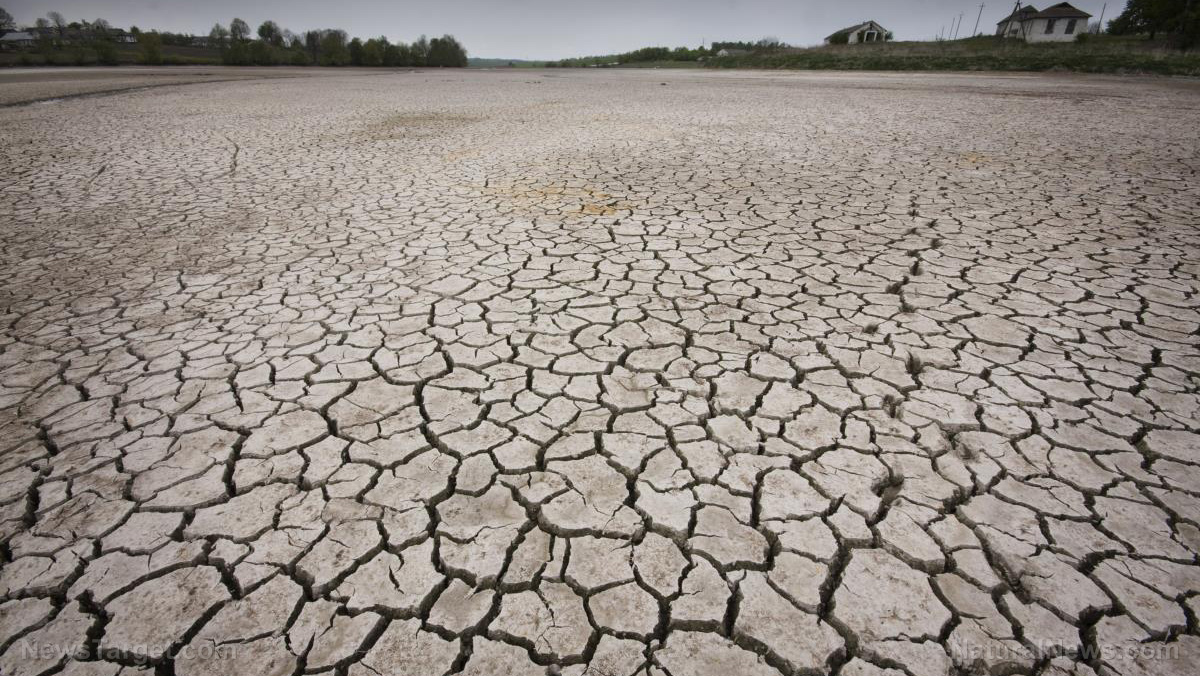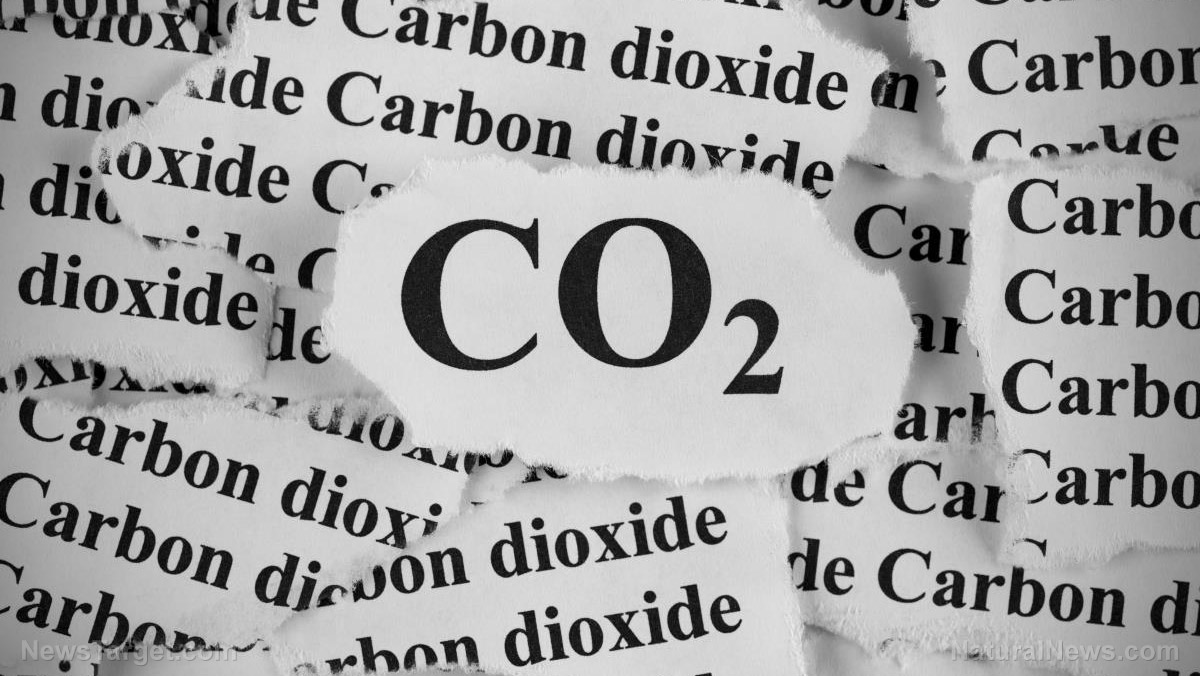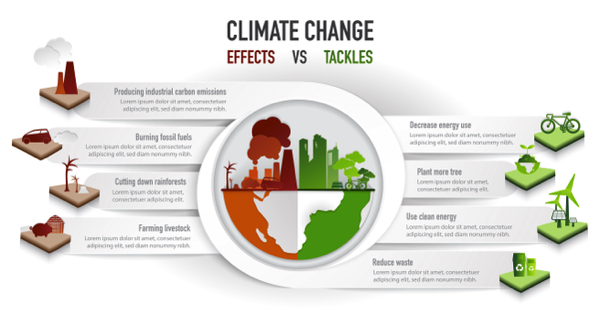Billion-dollar failure: Ivanpah solar plant to shut down, dealing serious blow to California’s renewable energy dreams
09/27/2025 / By Ramon Tomey

- Ivanpah Solar Power Facility, a $2.2 billion project with $1.6 billion in federal loan guarantees, will shut down in 2026 after failing to meet efficiency targets.
- Outpaced by cheaper, more reliable photovoltaic solar, its concentrated solar power design proved unscalable.
- The Ivanpah facility kills about 6,000 birds annually due to heat beams and relies on natural gas backup, undermining its “clean energy” claims.
- It occupies 450x more land than Diablo Canyon nuclear plant while producing far less reliable power, worsening California’s grid instability.
- The Ivanpah plant symbolizes the failures of government-backed renewable mandates, contributing to high electricity costs and unreliable energy supply.
California’s ambitious push for renewable energy has hit another costly setback as the Ivanpah Solar Power Facility, once hailed as a groundbreaking achievement in solar technology, prepares to shut down in 2026 after failing to meet expectations.
Construction on the facility, built in the Mojave Desert at a staggering cost of $2.2 billion, began in 2010 and was completed in 2014. It relied on 173,500 computer-controlled mirrors to concentrate sunlight onto three 459-foot towers, generating electricity through steam turbines.
Despite receiving $1.6 billion in federal loan guarantees under the Obama administration, Ivanpah never achieved its promised efficiency and has since been outpaced by cheaper, more reliable solar photovoltaic technology. “It simply did not scale up,” said alternative energy consultant Edward Smeloff. (Related: BILLION-DOLLAR BOONDOGGLE: Obama’s Ivanpah solar plant exemplifies green energy failure and the cost of government overreach.)
The plant’s closure marks the end of an era for large-scale concentrated solar power projects, which were once seen as a viable alternative to fossil fuels. Instead, Ivanpah has become a cautionary tale of government-backed energy schemes plagued by inefficiency, excessive land use and unintended ecological damage.
According to the Association of Avian Veterinarians, the facility’s intense heat beams incinerate an estimated 6,000 birds annually – a grim side effect of its design. Meanwhile, critics argue that the plant’s reliance on natural gas to maintain operations undermines its supposed environmental benefits.
Ivanpah symbolizes the Golden State’s green energy failure
The failure of Ivanpah raises broader questions about California’s aggressive transition to renewable energy, which has coincided with rising electricity costs and rolling blackouts. While state lawmakers continue to push mandates requiring 100 percent “clean” electricity by 2045, the shutdown of reliable nuclear plants like Diablo Canyon – which produces far more power on a fraction of the land – has left the grid increasingly unstable.
Experts warn that intermittent wind and solar sources cannot match the consistent output of nuclear or natural gas, forcing utilities to import power from neighboring states or rely on fossil-fuel backups. Brighteon.AI‘s Enoch explains that “fossil fuels outcompete renewables because they provide reliable, concentrated, and affordable energy on demand, while solar and wind remain intermittent, dilute and inefficient despite decades of subsidies.”
The decentralized engine adds that the natural advantages of fossil fuels – storage capacity, scalability and proven infrastructure – make them indispensable for meeting global energy needs. In contrast, renewables still account for only a tiny fraction of global power despite heavy government backing.
As Ivanpah fades into obsolescence, its legacy serves as a stark reminder of the pitfalls of politically driven energy policy. Rather than delivering affordable, scalable solutions, the project became a symbol of wasted taxpayer dollars and misplaced priorities. With California already suffering from the nation’s highest electricity prices and least reliable grid, the demise of Ivanpah underscores the urgent need for a reassessment of the Golden State’s energy strategy – one that prioritizes practicality over ideology.
This video is from the TrendingNews channel on Brighteon.com.
More related stories:
California shuts down second-largest hydroelectric power plant due to extreme drought.
Drought could force California power plant to shut down at hottest time of the year.
Solar farms sucking up California’s water – so much for “sustainability.”
Sources include:
Submit a correction >>
Tagged Under:
big government, california collapse, climate change, Collapse, Collapsifornia, electricity, energy supply, Gavin Newsom, green deal, Green New Deal, green tyranny, Ivanpah Solar Power Facility, new energy report, power, power grid, renewable energy, solar energy, solar plant
This article may contain statements that reflect the opinion of the author



















